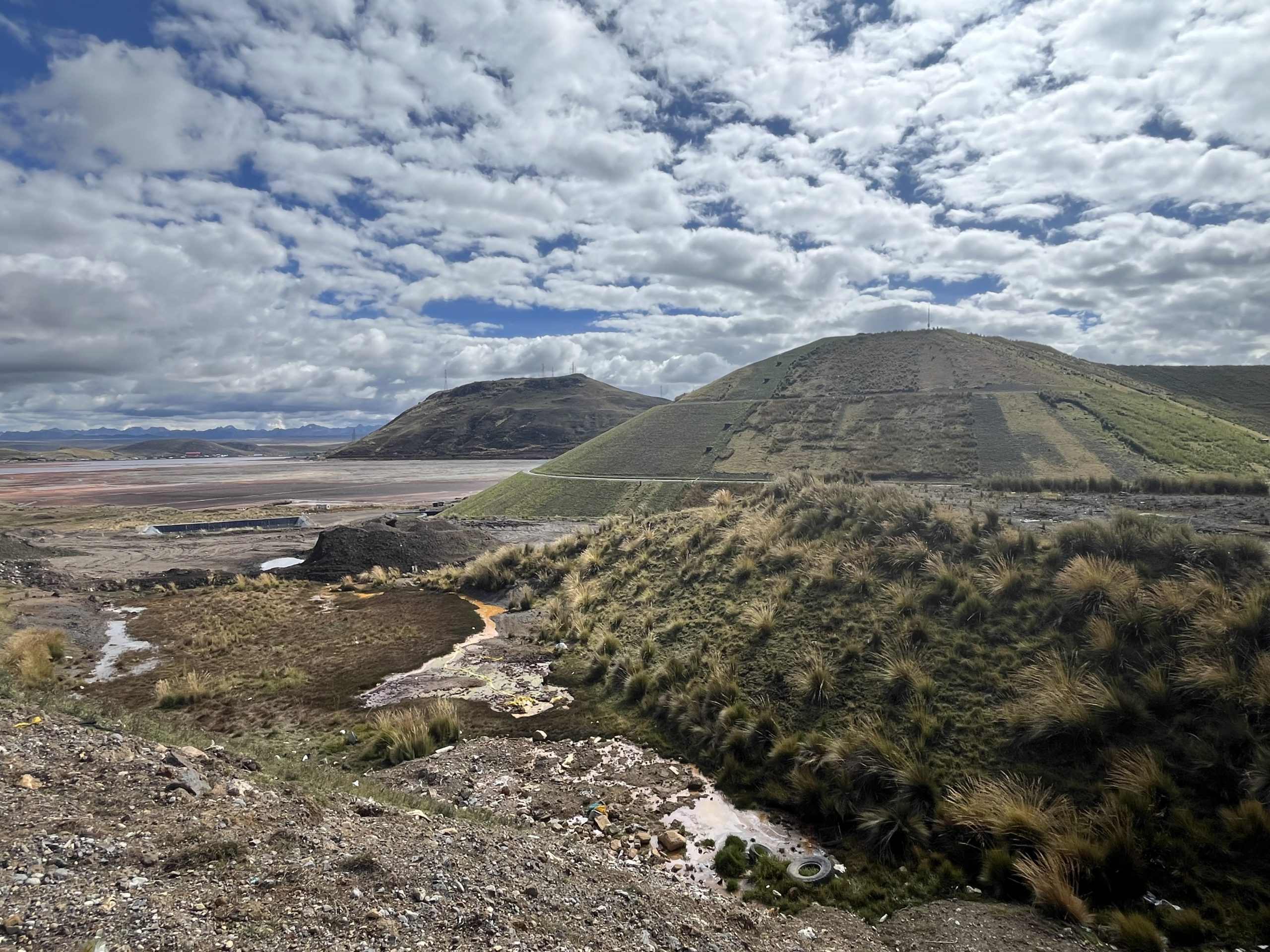Launched in 2017, the Minamata Convention (MC) aims to restrict and limit the use and trade of mercury – which is considered a highly toxic pollutant – through a series of mid- and long-term strategies. In particular, Article 7 of the treaty deals with the problem of mercury in ASGM, stating that party members have an obligation to minimize or outright eliminate mercury use and emissions in such activities within their borders.
Although concrete intervention strategies have been suggested and implemented with some success in this regard, scientists have paid little attention to the side effects that these measures can have. To tackle this issue, the Japanese researchers examined the effects of the three primary mitigating strategies proposed by the UN’s Environment Programme, namely, the practice of concentrate amalgamation, using a mercury retort, and using cyanide instead of mercury to extract gold.
The first strategy involves concentrating the gold ore as much as possible before adding mercury using tools such as a centrifuge or a floatation tank. This way, the total amount of mercury needed per gram of gold is greatly reduced. The second strategy is based on the use of low-cost devices called retorts, which are designed to trap harmful mercury vapours and turn them back into liquid mercury. The third strategy involves outright replacing mercury with cyanide-based processes for gold mining.
Using mathematical models and data from 80 countries with ASGM published in the UN’s Global Mercury Assessment 2018, the researchers projected the effects of these intervention strategies on global mercury use and emissions up to 2050, as well as their associated unintended consequences.
Unintended consequences
One of the main conclusions of their analysis was that the first intervention strategy—concentrate amalgamation—does not seem to lead to a significant reduction in mercury use nor in emissions, though it does not have significant negative side effects.
In contrast, the use of retorts can considerably reduce the amount of global mercury emissions. However, using retorts also means that there would be a great surge in the amount of liquid mercury that has to be properly managed as a waste product, therefore creating a new problem on its own.
Finally, the cyanidation approach does lead to an immense reduction in mercury use and emissions but replaces them with cyanide emissions, which are also quite dangerous.
“The findings of our study quantitatively identified the extent of the problems inadvertently created by different intervention strategies,” Shoki Kosai, lead author of the paper, said in a media statement. “Our results clearly show that the more effective measures for reducing mercury use and emissions require the most attention with regard to their unintended consequences.”
Kosai and his colleagues hope that the estimates they’ve presented are used to identify and develop the required actions needed to improve each intervention strategy, with the ultimate goal being an environmentally friendlier artisanal and small-scale gold mining sector.
“There are about 10 to 19 million people involved in ASGM activities in Asia, Africa, and Central and South America. Our efforts will assist in mitigating health damages caused by the absorption of mercury vapours in the future,” Eiji Yamasue, co-author of the study, said.




